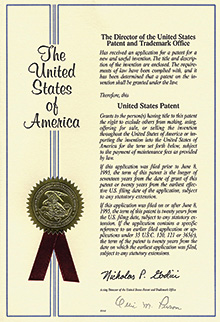Water: A firefighter’s best friend…Or worst enemy?

Examining the role water plays in firefighters’ everyday lives:
1) Water can be a firefighter’s best friend when used to extinguish fires that threaten the health and safety of first responders and the community.
2) Water can be a firefighter’s worst enemy when a high percentage of water is absorbed into turnout gear materials causing increased heat stress (additional weight) and increased risk of burns (steam/compression).
Why Stay Dry?
In cases where water is the enemy, the textile industry has made great strides in an effort to reduce the amount of moisture that is absorbed and penetrates into the turnout gear system. NFPA 1971 requires all outer shell fabrics to maintain a minimum performance level after 5 launderings of no more than 30% absorption of water (AATCC 42-Spray Rating). The best way to minimize water absorption in a turnout gear outer shell is to apply a durable water repellent (DWR) finish. As the fire service leader in flame resistant fabrics, Safety Components set the bar with the development of the DuPont™ Teflon® F-PPE outer shell finish. While it is true competitors have been successful in mimicking the DWR technology developed by Safety Components, there are still some advantages when specifying DuPont™ Teflon® F-PPE.

For example, PBI Max™ with DuPont™ Teflon® F-PPE DWR finish has a water absorption rate of 0.5% new and 1.2% after 5 washes. Further, PBI Max with DuPont™ Teflon® F-PPE finish has less than 5% water absorption after 20 washes. To put into perspective the leap in technology we have in DWR finishes today, a typical DWR finish 15 years ago would only maintain 25% resistance in water absorption after 5 washes which led to wetter and heavier turnout gear. The two most significant reasons it is important for the outer shell to resist absorption to moisture revolves around weight reduction and the reduction of burns.
Reduction in Weight
The number one cause of firefighter fatalities is a heart attack. Many things must be factored into the cause of heart attacks but
what can’t be ignored is the stress caused in part by the significant weight carried around by firefighters in necessary PPE and tools. Anything we can do to reduce weight in a firefighters PPE ensemble is an important step in reducing stress and more importantly heat stress. Water penetration into turnout gear adds weight and without an excellent DWR finish the turnout gear system can absorb significant water and weight (water weighs eight pounds per gallon). It may not seem like much, but wet turnout gear can add several pounds to an already heavy workload. While a DWR finish alone will not solve the problem of heat stress and heart attacks, the resulting reduction of water weight is a necessary step in the right direction.
Reduction in Burns
Water conducts heat 24 times faster than air. When water is absorbed and penetrates the turnout gear system from the outside there is an increased chance a firefighter will get burned. These burns can occur a few different ways, most commonly in the form of steam burns or compression burns. While a good DWR finish will not totally eliminate steam or compression burns it is an important step in minimizing the likely hood of those injuries from occurring.

Conclusion
When water is the enemy it is important for firefighters to have the best DWR finish they can find. There are only a few choices in the market and while most DWR finishes are good, some are clearly superior. Fire departments that specify a superior DWR outer shell finish like DuPont™ Teflon® F-PPE by Safety Components will ensure firefighters are a little drier on the next run, a little safer, and a little less stressed.
